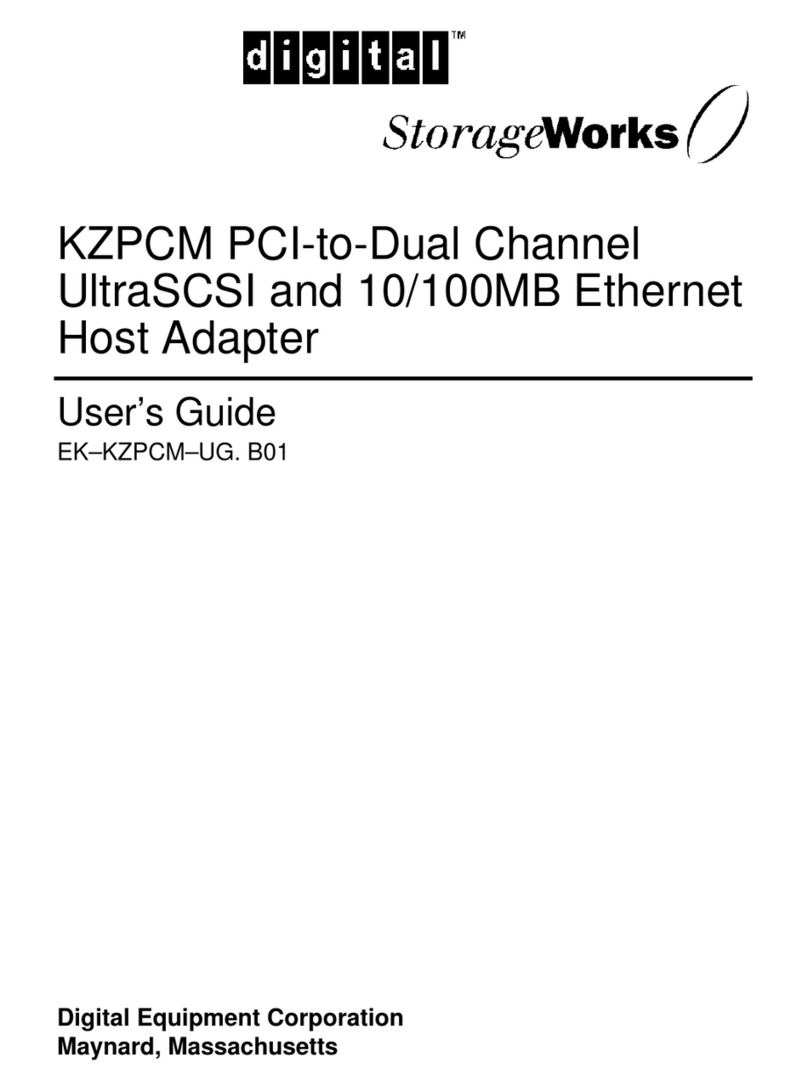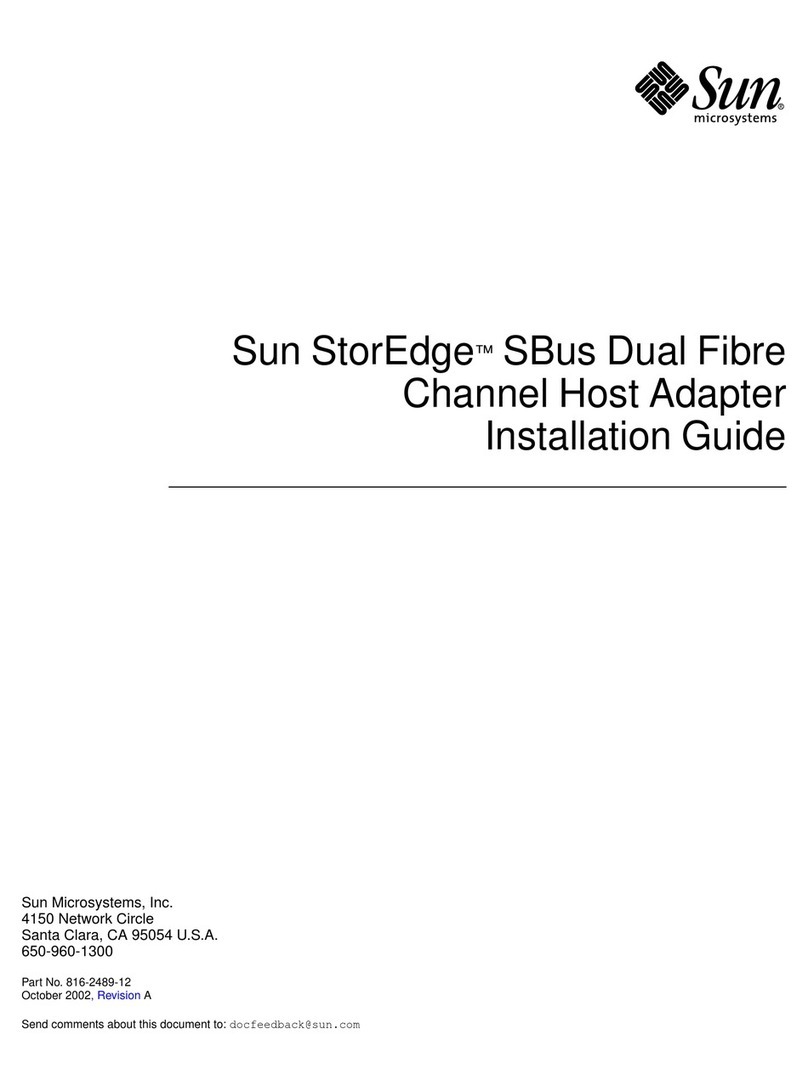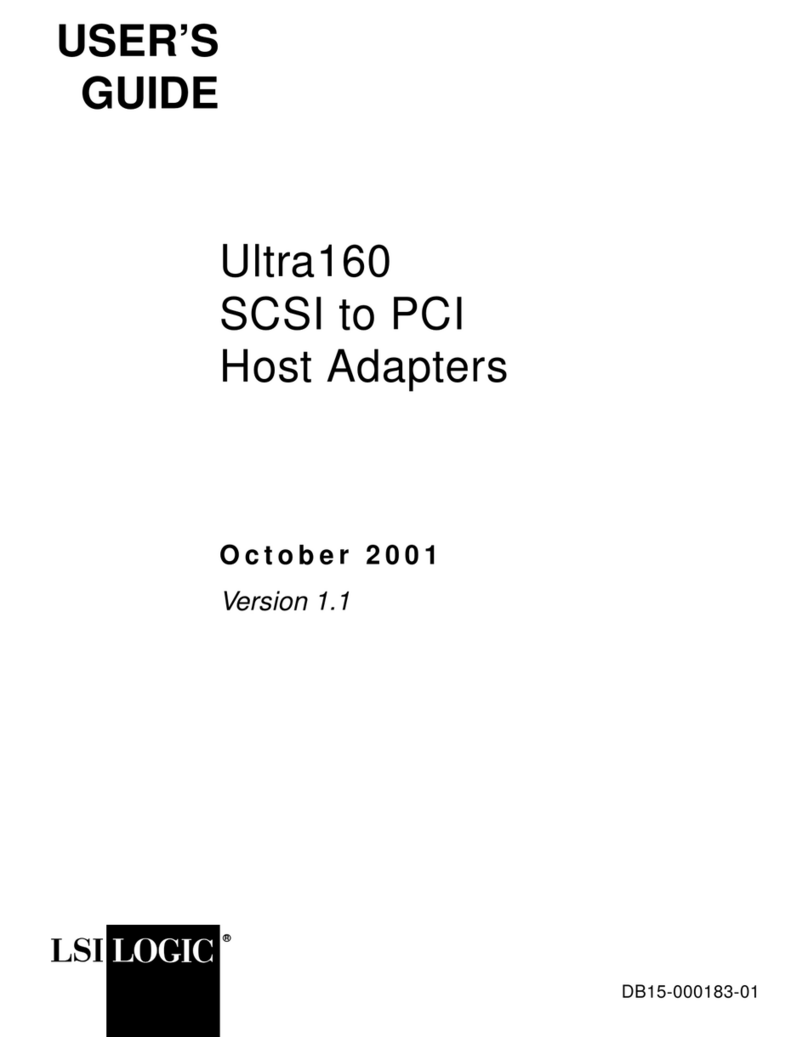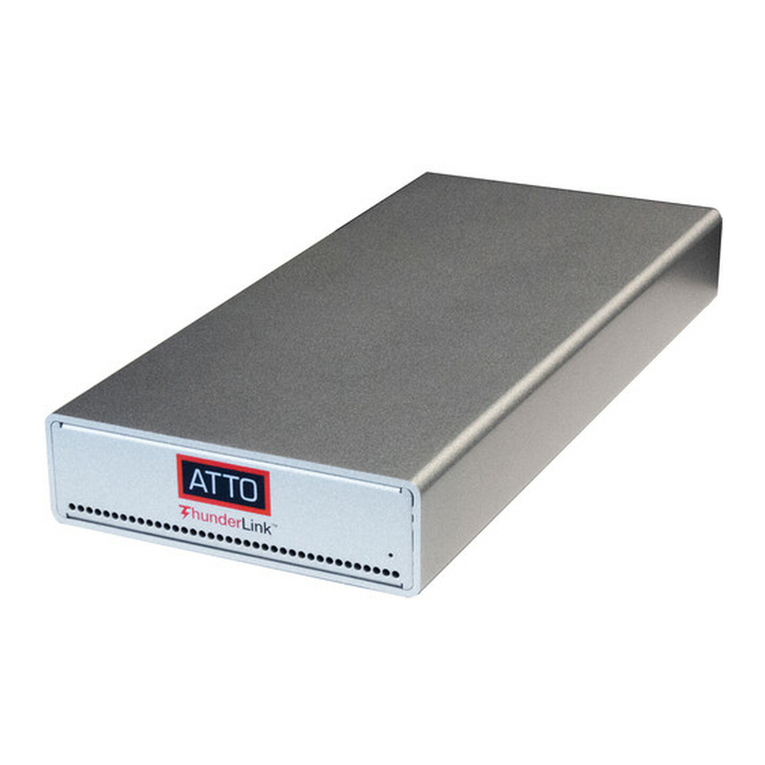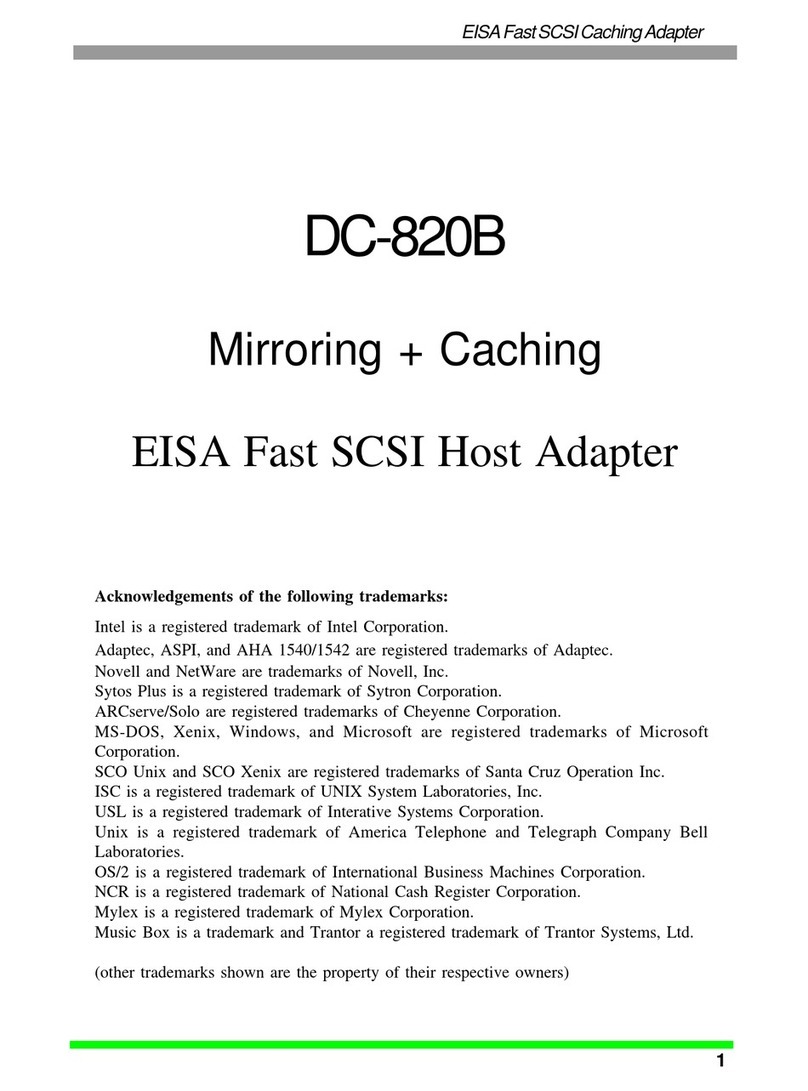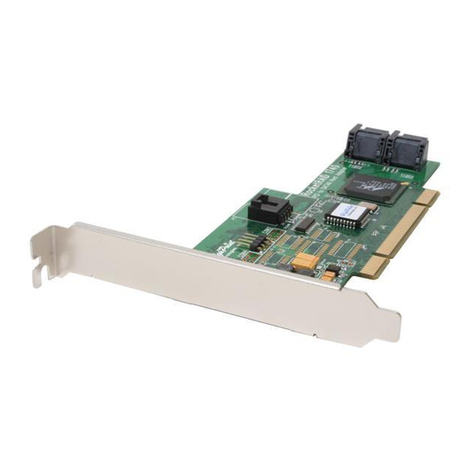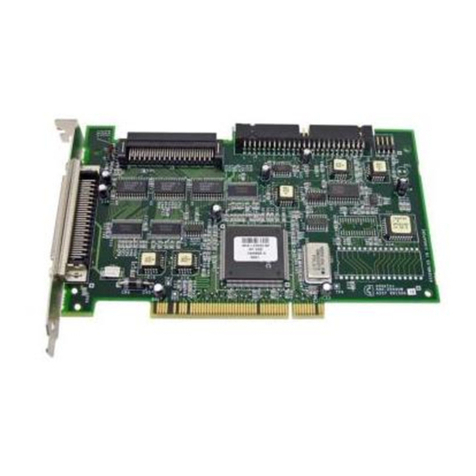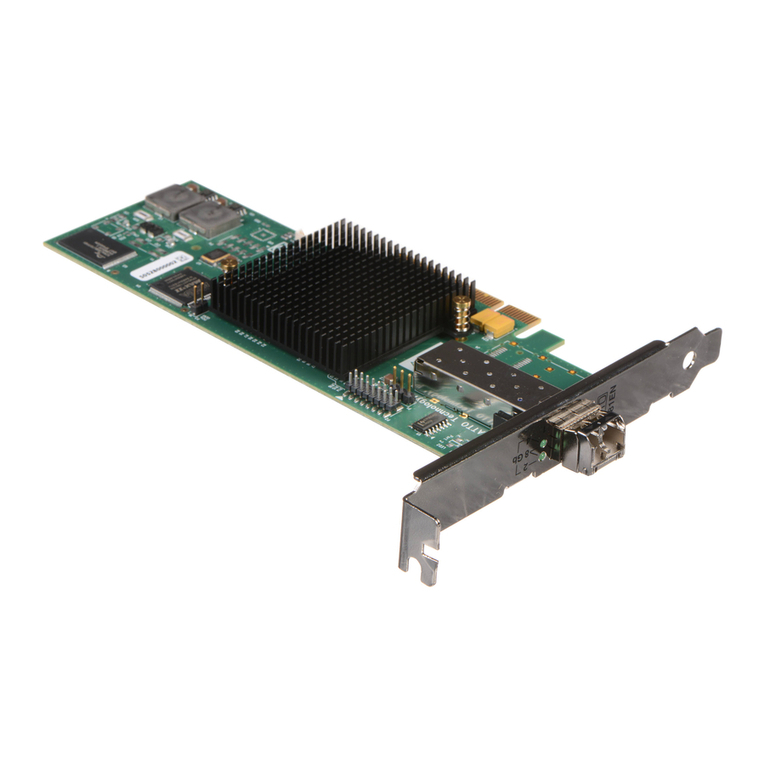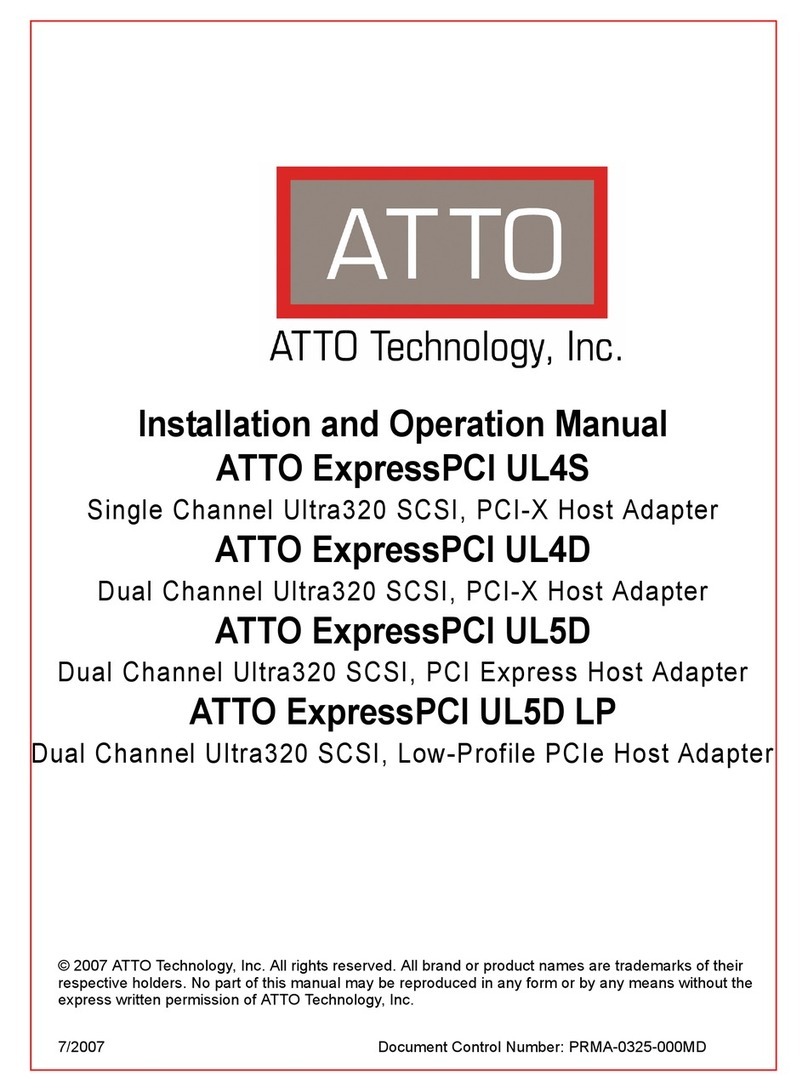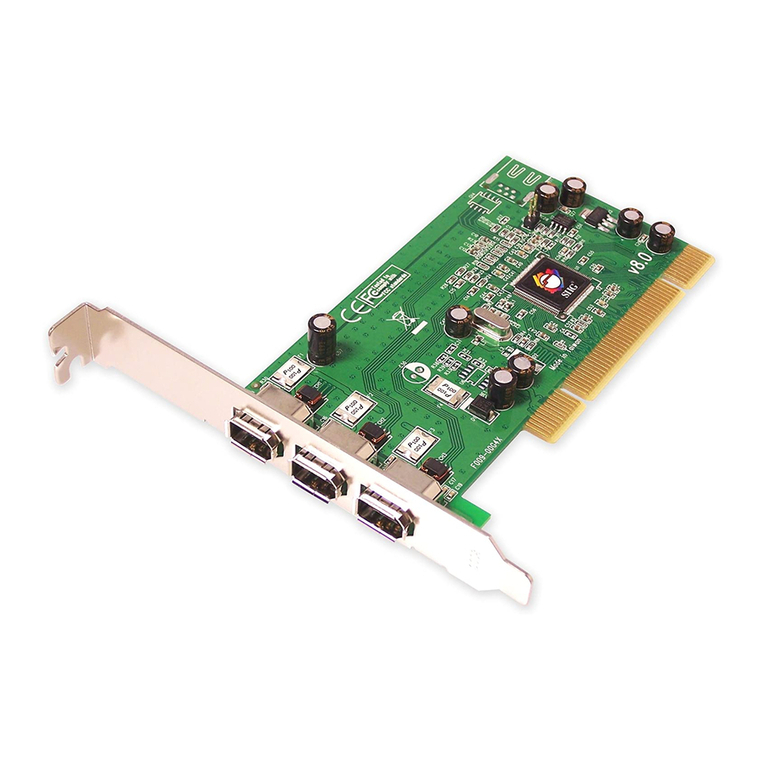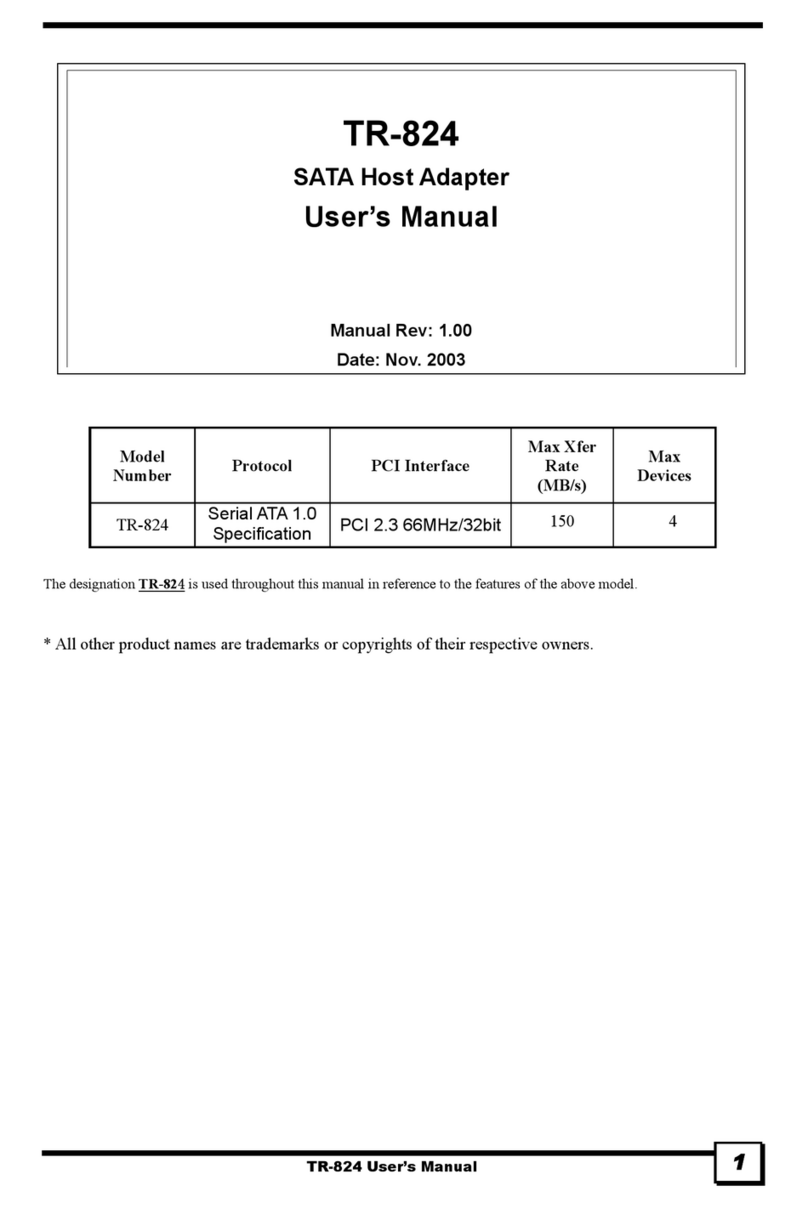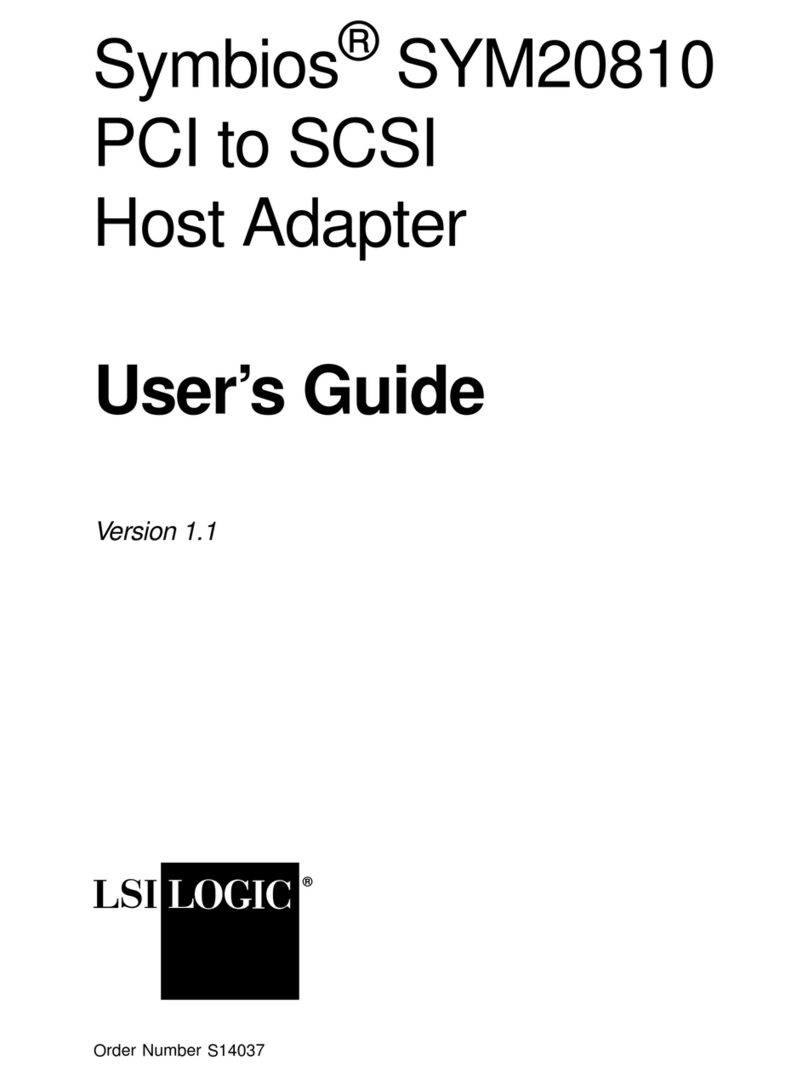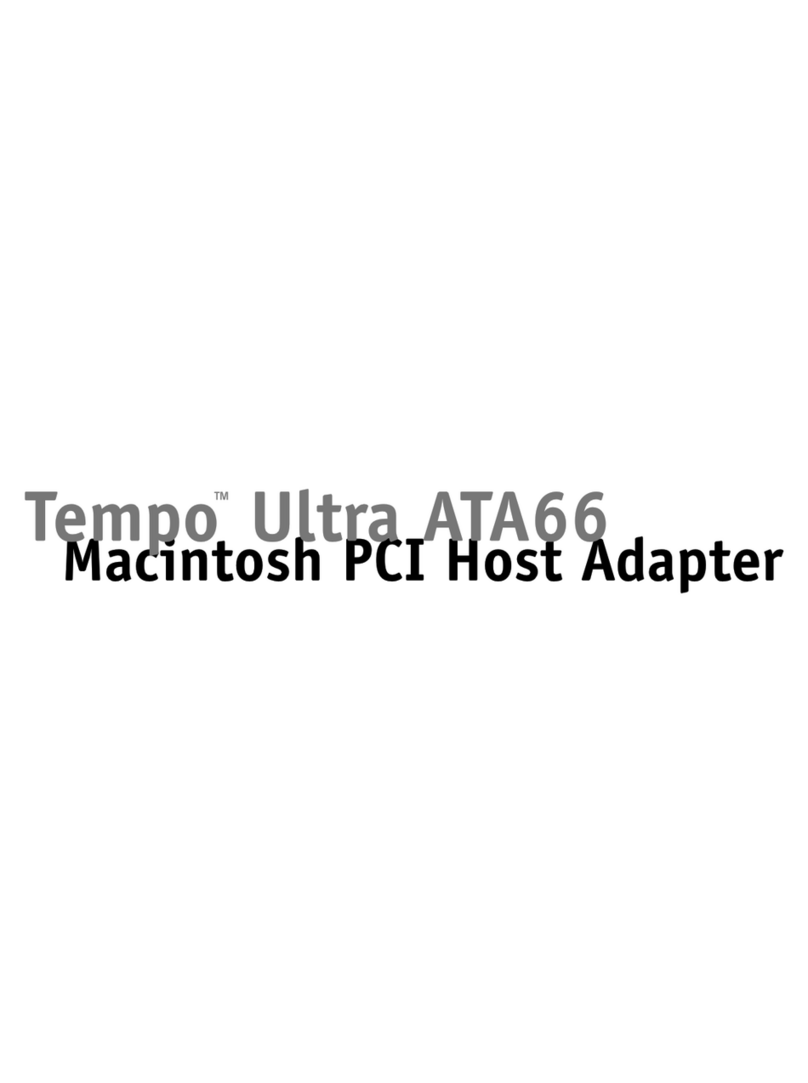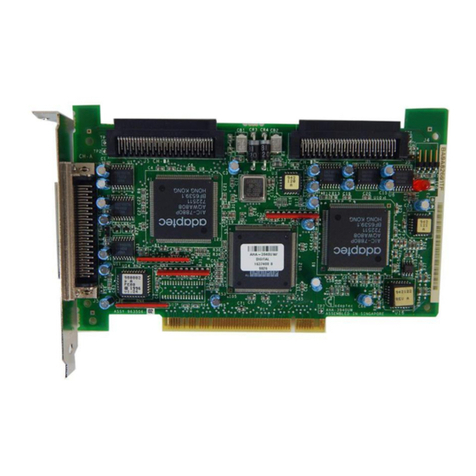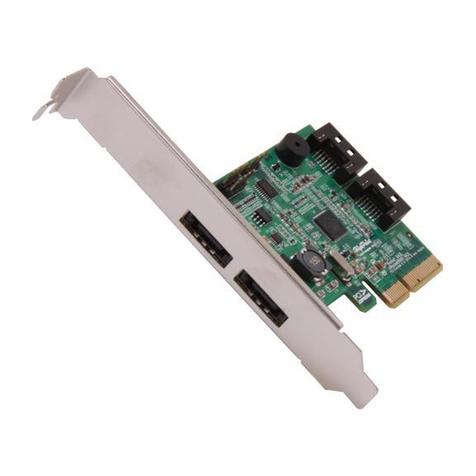vi
AP-10 SCSI PCI User's Manual
Chapter 6: Software Installation
6-1 MS-DOS/Windows 3.1 Driver Installation .................. 6-1
6-1.1 For an Existing MS-DOS System ......................... 6-1
6-1.2 For an Existing Windows 3.1x System................ 6-2
6-1.3 Driver Command Line Options........................... 6-4
6-2 Windows 95 Driver Installation ..................................... 6-5
6-2.1 For an Existing Windows 95 System ................... 6-5
6-2.2 Updating the Driver.............................................. 6-6
6-3 Windows NT Driver Installation.................................... 6-8
6-3.1 New Windows NT System Installation .............. 6-8
6-3.2 For an Existing Windows NT System ................. 6-9
6-4 Novell NetWare Driver Installation............................. 6-11
6-4.1 New NetWare 4.xx Installation.......................... 6-11
6-4.2 For an Existing NetWare System ....................... 6-12
6-4.3 Driver Command Line Options......................... 6-13
6-5 OS/2 Driver Installation................................................ 6-15
6-5.1 New OS/2 System Installation .......................... 6-15
6-5.2 For an Existing OS/2 System ............................. 6-16
6-5.3 Driver Command Line Options......................... 6-16
6-6 SCO UNIX Driver Installation...................................... 6-18
6-6.1 Updating Interrupts and Hardware Settings .. 6-18
6-6.2 New SCO UNIX System Installation ................ 6-18
6-6.3 For an Existing SCO UNIX System ................... 6-19
6-6.4 Setting as the Bootable Host Adapter ............... 6-19
6-7 SCO UnixWare Driver Installation............................... 6-20
6-7.1 New UnixWare System Installation .................. 6-20
6-7.2 For an Existing UnixWare System ..................... 6-21
6-7.3 Using Multiple Host Adapters .......................... 6-22
6-7.4 Removing the Driver........................................... 6-23
Chapter 7: Troubleshooting
7-1 Questions & Answers ...................................................... 7-1
7-2 DOS Space > 1GB ............................................................. 7-3
7-2.1 MS-DOS, OS/2 & Windows NT .......................... 7-3
7-2.2 NetWare 386 ........................................................... 7-3
7-2.3 SCO UNIX .............................................................. 7-4
7-2.4 Drives with Multiple Operating Systems .......... 7-4
Chapter 8: Technical Support
8-1 Overview ........................................................................... 8-1
